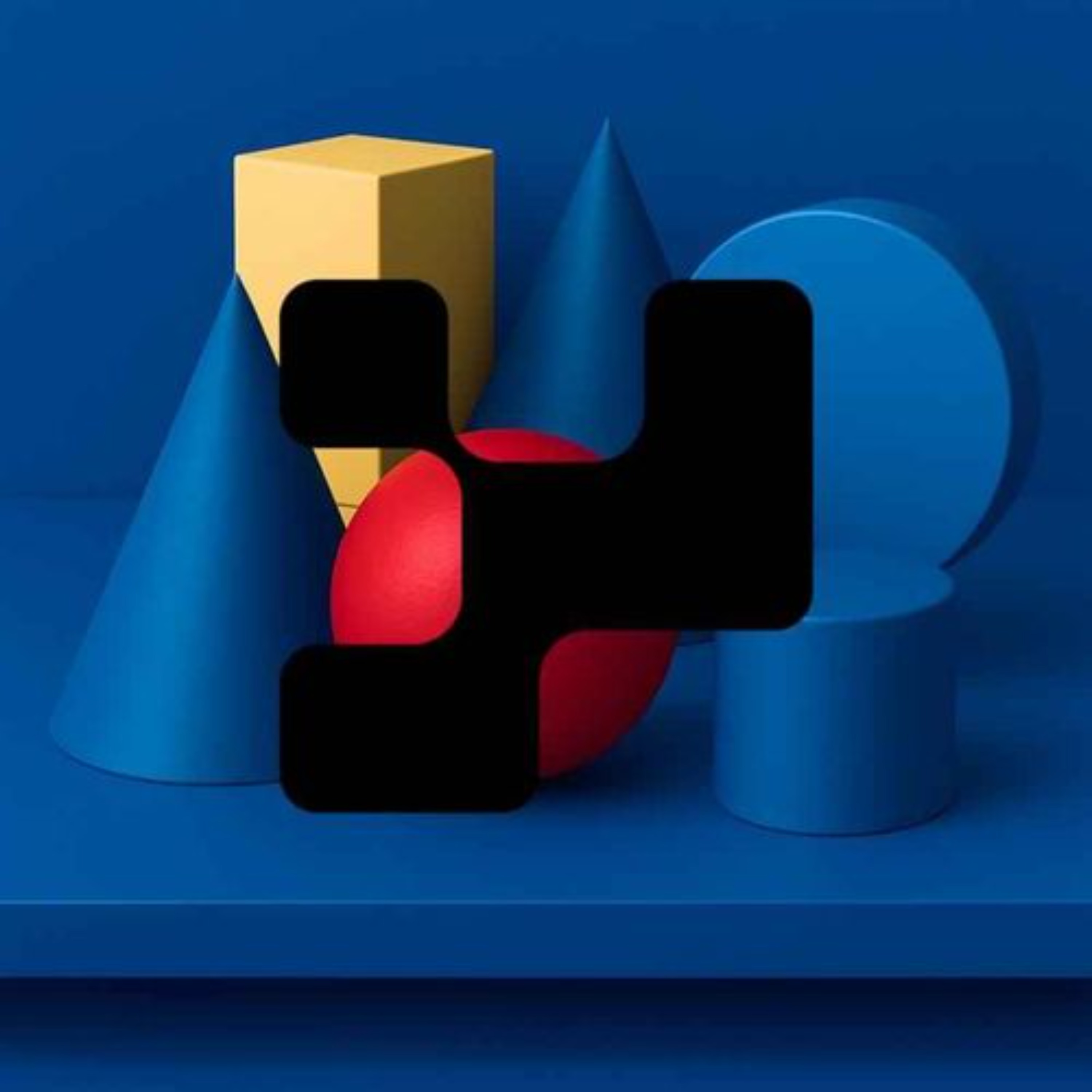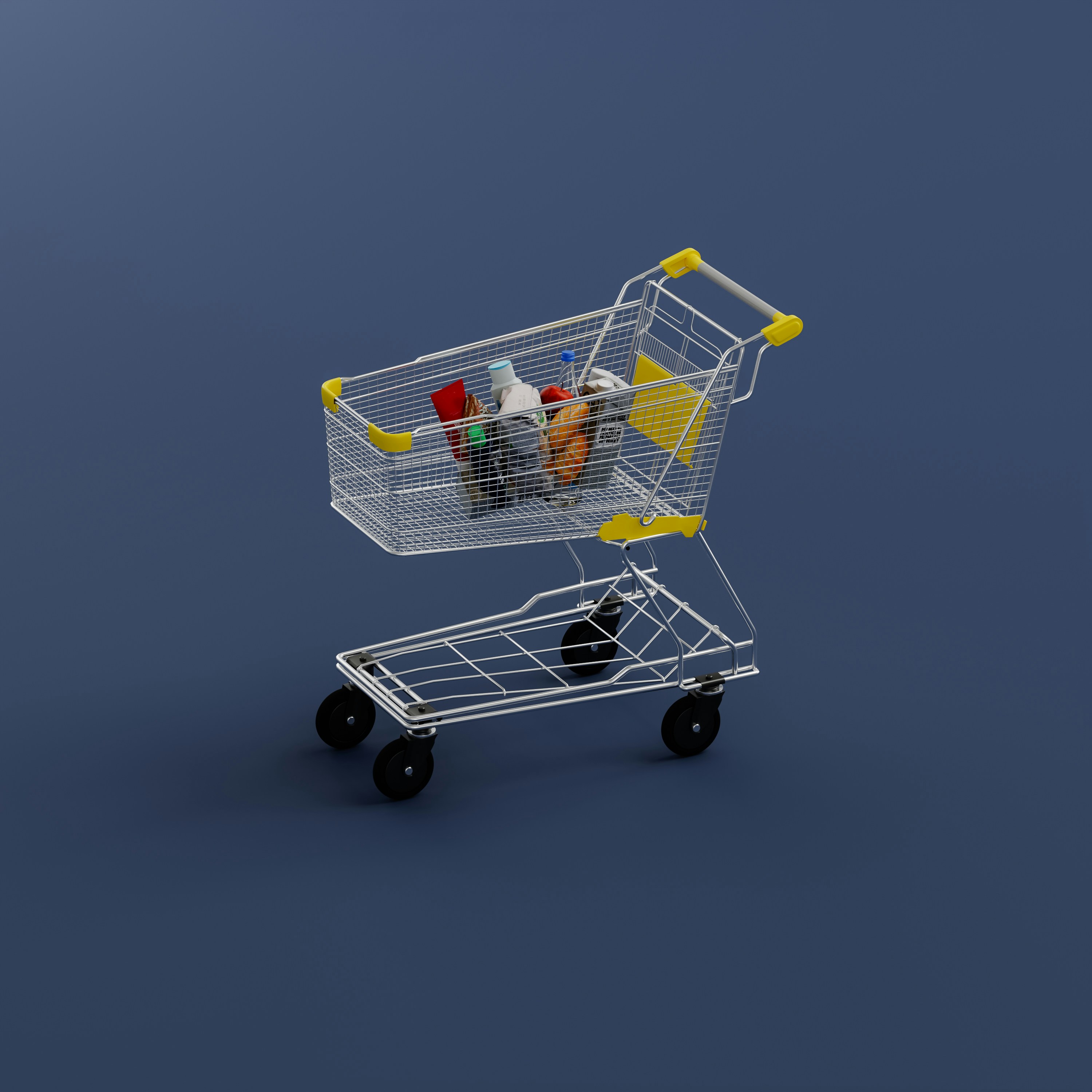Innovation is about change, and change is messy
To innovate is to place a bet on a future that hasn’t arrived yet. It takes courage to commit resources – time, money, and people – to an idea that may not pay off.
Good ideas challenge the status quo, but doing so isn’t easy. Change is often met with resistance because we’re naturally drawn to what’s familiar. We seek comfort in what’s known.
Most innovation efforts fail because they ignore the realities of people’s lives and the world around them. They lack cultural context, an understanding of human behaviour, customer experience fundamentals, and alignment with brand.
They’re often reactive, driven by market pressure rather than meaningful intent.
Good ideas challenge the status quo, but doing so isn’t easy. Change is often met with resistance because we’re naturally drawn to what’s familiar. We seek comfort in what’s known.
Most innovation efforts fail because they ignore the realities of people’s lives and the world around them. They lack cultural context, an understanding of human behaviour, customer experience fundamentals, and alignment with brand.
They’re often reactive, driven by market pressure rather than meaningful intent.
Innovation isn’t about more, it’s about meaning
Every day, we’re faced with thousands of micro-decisions. We’re bombarded by ‘stuff’. It’s overwhelming, and that leads to decision fatigue, choice paralysis and a lower satisfaction with the choices we do make.
But we know from behavioural science that offering fewer, more meaningful options means we’re more likely to choose one and feel more satisfied with our decision. For brands, this means not relying on volume and novelty alone.
If an idea is to cut through the noise and deliver returns, it has to offer more than the status quo. It’s not about being new – it’s about being deeply human-centred and creating value in the real world.
But we know from behavioural science that offering fewer, more meaningful options means we’re more likely to choose one and feel more satisfied with our decision. For brands, this means not relying on volume and novelty alone.
If an idea is to cut through the noise and deliver returns, it has to offer more than the status quo. It’s not about being new – it’s about being deeply human-centred and creating value in the real world.
How does TRA apply the art of knowing people to innovation?
Good ideas aren’t built in a vacuum. Effective innovation is built on a focused understanding of the category, human sciences, and culture within which a brand operates.
To find the most valuable space to play, you need to see the broader picture. The mainstream and the fringe. Which is why we layer perspectives from cultural foresight, brand, behaviour change, customer experience and communications, frame on frame, to see what others don’t. The full picture.
To find the most valuable space to play, you need to see the broader picture. The mainstream and the fringe. Which is why we layer perspectives from cultural foresight, brand, behaviour change, customer experience and communications, frame on frame, to see what others don’t. The full picture.
Once the idea is there, it’s about maximising potential
To evaluate, filter, and refine ideas, we apply the TRA Innovation Potential framework. An approach for examining the human response to a stimulus – how people feel, think and behave.
This structured exploration allows us to see whether an idea can make a difference to people’s lives, big or small. It’s not just about what it does, but why it’s seen to matter.
This structured exploration allows us to see whether an idea can make a difference to people’s lives, big or small. It’s not just about what it does, but why it’s seen to matter.

Desire
What do people feel? Do they lean in or lean back. Our fast human response is first to decide whether to run toward or run away. Does the innovation evoke emotion, a sense of meaning or connection?
Difference
What people think? Humans are drawn to what is a different as it could give us an advantage. Is it relevant and distinctive? Seen to offer something impactful that could move us forward?
Drive
How do people act? Are they genuinely motivated to explore, engage, adopt, or purchase?
For ideas to pass the next step, the viability test, guiding principles are relevant context and adapting to change – with the right approach, we can measure both. TRA identifies the viability of innovation taking the human factors and the marketing requirements into account.
Meet our lead

Daniel Talbot
As Strategic Qualitative Director at TRA, Daniel draws on his diverse background in research, human-centered design, and strategy to bring human truths to the forefront. With a belief in the ability for insights to solve any problem, he has helped brands across Aotearoa and the globe connect more meaningfully with their audiences and grow in the right direction.
Contact Daniel →Clients we have successful
partnerships with in this area.
partnerships with in this area.
AG
bp
Forsyth Barr Investment Services
REA Group Ltd
Air New Zealand
Treasury Wine Estates
Smartly
Asahi
ASB
Insights
There’s no point keeping our smarts locked away. Our content hub ‘Insights’ shares the ideas, frameworks and tools that we utilise in our work.


.png)

